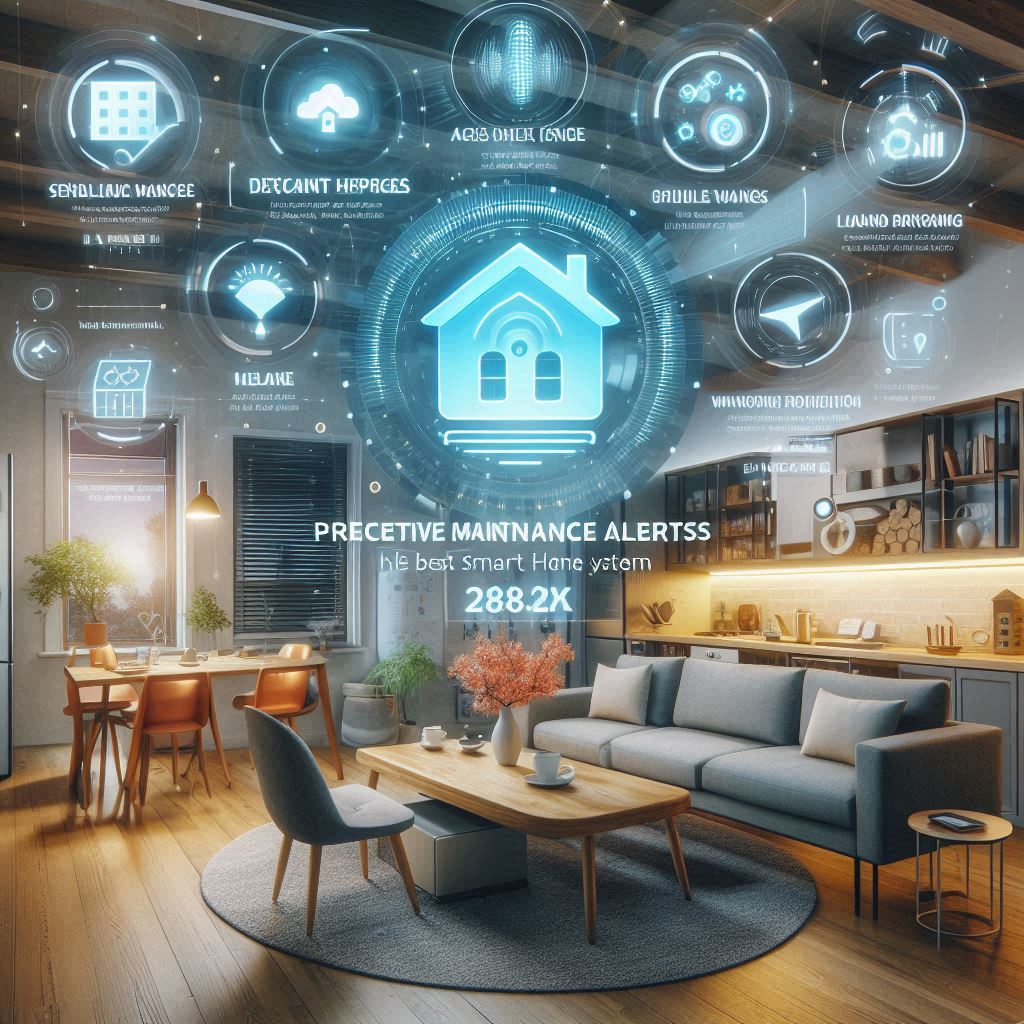Imagine living with a friend who can sense when you’re about to get sick—before you even feel the first symptom. You haven’t coughed yet, but they notice your voice is slightly hoarse. They hand you tea, remind you to rest, and tell you to skip the late-night movie. You’re stunned when, the next day, you wake up with a sore throat. They saw it coming—and saved you from worse.

That friend? In the world of smart homes, it’s called Predictive Maintenance Alerts. And it’s a vital organ in the body of the best smart home system.
A Crystal Ball for Your Smart Devices
Imagine your smart devices—thermostats, security cameras, door locks, appliances—as performers in a ballet. Each one plays its part. But what happens if the thermostat suddenly stops working in winter? Or your door lock glitches while you’re on vacation?
Enter Predictive Maintenance Alerts, the crystal ball of modern automation. This feature doesn’t wait for things to break—it notices the tiniest cracks in performance and warns you before they become disasters.
Just like a car with engine sensors that flash before smoke rises, the best smart home system uses predictive alerts to detect early signs of failure: unusual temperature spikes in the HVAC, slow motor movement in the garage door, or battery drains in your smart camera.
You don’t react—you anticipate. That’s the difference between a smart home and a truly intelligent home.
The Whisper Before the Storm
Let’s use a metaphor.
Picture your smart home as a grand old mansion. Everything looks perfect—chandeliers glowing, floors spotless, the aroma of fresh coffee in the air. But behind the walls, a pipe is straining, creaking just a bit more each day. You can’t hear it, but the house can.
The best smart home system doesn’t wait for that pipe to burst. It taps you on the shoulder with a gentle notification: “There’s unusual pressure in pipe section B3. You might want to take a look.” That’s predictive maintenance. It’s the whisper before the storm.

By acting on that whisper, you save time, money, and stress.
The Silent Guardian
Think of Predictive Maintenance Alerts as a quiet guardian—one who constantly checks the heartbeat of every device in your home. It’s not dramatic. It doesn’t flood your phone with alerts. But when it speaks, it’s because something subtle is shifting—something only a vigilant system would notice.
For instance, your washing machine might take a few extra minutes to complete its cycle. A human wouldn’t notice. But the smart system does. It sends you a nudge: “The motor is slowing. Maintenance may be required soon.” Fixing a motor is cheaper and easier than replacing the entire machine.
And that, right there, is what separates an average system from the best smart home system—awareness.
Peace of Mind Built In
We often think the purpose of a smart home is convenience—turning lights on with a voice command, locking doors remotely. But true peace of mind comes when your home is looking out for itself, so you don’t have to.
Predictive Maintenance Alerts give your home a sort of sixth sense. It doesn’t just respond to breakdowns—it prevents them. It protects your investment, prolongs your devices’ lifespan, and keeps your daily life uninterrupted.
The best smart home system doesn’t wait to be told something’s wrong. It notices, it analyzes, and it informs—just like a trusted advisor.
The Future is Proactive
In a world where we’re always reacting—to emails, to traffic, to last-minute repairs—Predictive Maintenance is a quiet revolution. It flips the script. Your home no longer waits for failure. It prepares for it, plans for it, and warns you in advance.
And that’s why the best smart home system doesn’t just make your life easier—it makes it smarter, more secure, and more sustainable.
So, when you’re choosing your smart home setup, don’t just look for features. Look for foresight. Because in the realm of intelligent living, the best defense is a silent prediction.




